Opinion: Will Banning Superbikes Lead To Fewer Accidents?
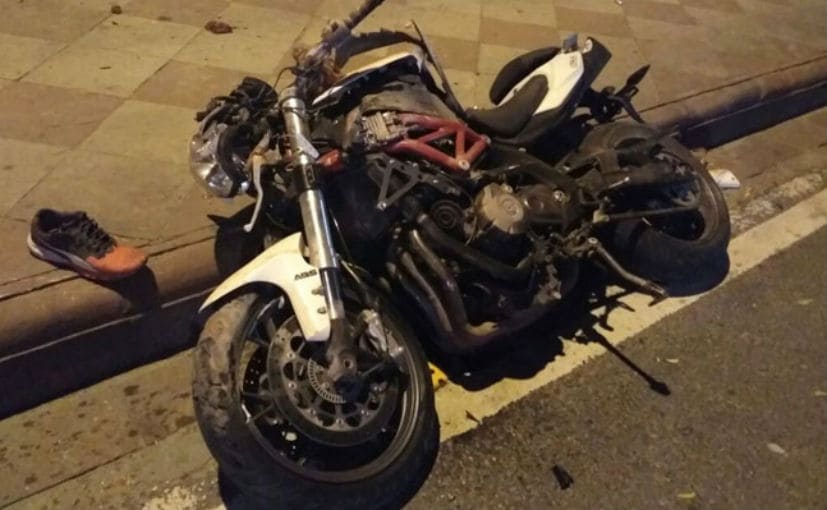
- Human error and irresponsible riding leads to motorcycle accidents
- A motorcycle riding licence permits anyone to ride any type of motorcycle
- Focus should be on law enforcement, stringent licencing regulations
On the evening of August 14, a 24-year-old young man lost his life during a high speed race on the streets of Delhi with two of his friends. The man, Himanshu Bansal, was riding a Benelli TNT 600i and the entire incident was caught on an action camera mounted on the helmet of one of his friends, who was racing behind him, on a Kawasaki Ninja 300. According to the police, the three motorcyclists were riding at high speeds in traffic from Connaught Place in the heart of Delhi towards Mandi House, after attending a party.
Also Read: Ban Superbikes, Says Father Of 24-Year-Old Killed In Motorcycle Crash
But the focus is now once again on high-end superbikes, with sections of the media reporting that such powerful bikes are too fast, and not meant for our roads and traffic conditions. Himanshu's father has appealed to the government to ban superbikes, saying that such "fast machines are only meant for developed countries where road conditions are better, and more regulated". But the question that arises now is - does responsibility for such tragic incidents lie with the motorcycle, or the rider, or both?
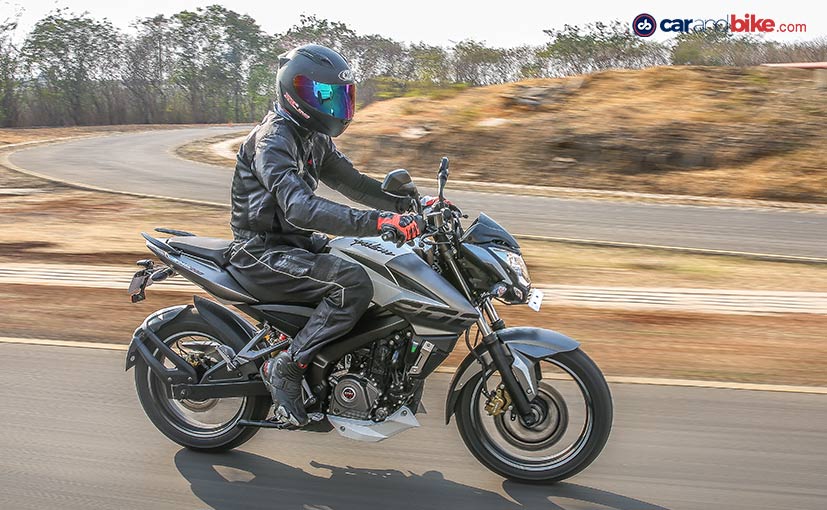
Any motorcycle above 125 cc is capable of speeds which can result in a high-speed accident
Cases of such accidents are on the rise in India. And they are not limited to high-capacity motorcycles alone. Speeding, irresponsible riding, not following basic traffic rules, and performing dangerous stunts on public roads have many times ended in tragedy, with young lives snuffed out in seconds. But it's also incorrect to assume that accidents happen only with powerful motorcycles. Any automatic scooter or even a basic commuter motorcycle is capable of speeds which can result in dangerous situations. And not following basic precautions like riding without a helmet, and not following basic traffic rules is a sure-shot recipe for disaster.
Also Read: Benelli TNT 600i Review
The motorcycle involved in the Delhi incident is an entry-level superbike; yes, it's powerful, fast and potentially dangerous, in the wrong hands. Riding irresponsibly only multiplies the dangers many times over. The problem also lies in rider skill, experience and responsibility. In India, any rider with a driving licence to ride a motorcycle with gears can ride, purchase and own any motorcycle, be it a 100 cc commuter, or a 200 bhp, litre-class superbike. There are no laws, no regulations and no tests to determine if the rider is qualified or has enough experience or the required riding skills to graduate to more powerful machines.
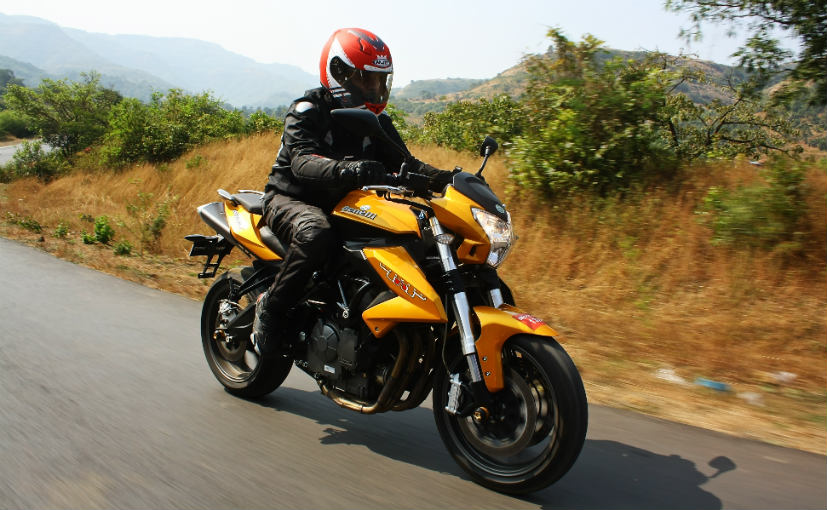
The Benelli TNT 600i isn't quite the rapid accelerating superbike; it's more like an entry-level performance bike with relaxed road manners
In the UK, for instance, as in Australia, and many Western countries, two-wheelers licences are issues in tiers, and insurance costs are also based on the rider passing designated tests and after obtaining a certain level of experience. In the UK, there's a Compulsory Basic Training (CBT) which must be completed before any rider can ride any moped, scooter or motorcycle on the road. Motorcycle licences are classified into A1, A2 and A, according to different age groups, and issued to riders having spent some time on each licence, and clearing required eligibility tests. So, at age 17, a rider can take a two-stage practical test, after passing the CBT and theory tests to get an A1 licence. And the A1 only permits the rider to ride motorcycles up to 125 cc with maximum power of 14.75 bhp. Only after using an A1 licence for two years, or with age over 19 years, is someone qualified for an A2 licence, and that too restricts a motorcycle or scooter with power restricted to 46.6 bhp. After holding an A2 licence for two years, riders with age 21 and above are eligible to take another practical test to get an unrestricted A Motorcycle Licence.

Any rider with a motorcycle licence can ride any motorcycle in India, regardless of riding skills, or experience, including a 200 bhp, 1000 cc bike capable of speeds close to 300 kmph
As the Indian two-wheeler market opens up to more and more motorcycles and scooters, with varying engine capacity and output, it's only imperative that licencing should be made more stringent, and goes hand in hand with enforcing basic traffic rules. Enforcing basic laws, such as riding on the right lane, not jumping traffic lights and riding without basic protective gear such as a helmet, should be strictly enforced, to act as deterrence. Most serious and responsible riders ensure they are wearing the correct and right quality protective gear when they are out riding their motorcycles, and follow all traffic rules, including respecting speed limits. Unfortunately, there is also the misplaced opinion that kitted out in full riding gear is meant for street racing and stunt riding only. It's only in the rider's interest to keep some funds aside to invest in the right riding gear, whether the motorcycle is a 200 cc entry-level bike or a mid-level performance bike.
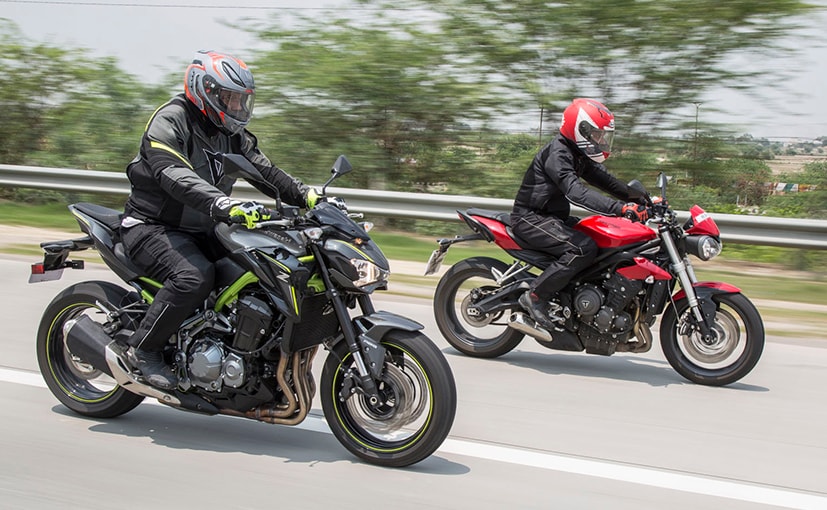
Responsible riders follow all traffic rules and wear the correct riding gear
Riding any two-wheeler is fraught with risks, more so, when other road users also do not follow basic traffic laws. The onus lies with the rider to be always alert, keep safe distance from other motorists and be always contemplative of other road users, including pedestrians. And yes, the same twist of the wrist can have very different consequences on a 100 cc motorcycle or a 1,000 cc superbike. But banning motorcycles of a certain class and capacity is certainly not a solution to prevent or bring down road accidents.
What is needed is enforcement of basic traffic rules, and more importantly, introduction of licencing laws that do not permit less experienced or underage riders to ride high performance motorcycles. The Delhi incident could have been avoided, if basic rules of the road were followed. A high performance bike can be ridden responsibly and safely, and very much within speed limits, but it's eventually human error and irresponsible riding habits which lead to such disasters.
Trending News
 1 min readYamaha YZF-R2 Name Trademarked In India
1 min readYamaha YZF-R2 Name Trademarked In India
Latest News
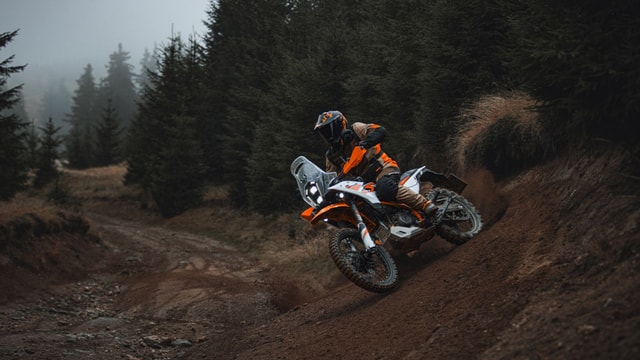 car&bike Team | Dec 20, 2025KTM 390 Adventure R To Be Launched In January 2026Bookings for the KTM 390 Adventure R are expected to open very soon, wit deliveries beginning in January 2026.2 mins read
car&bike Team | Dec 20, 2025KTM 390 Adventure R To Be Launched In January 2026Bookings for the KTM 390 Adventure R are expected to open very soon, wit deliveries beginning in January 2026.2 mins read car&bike Team | Dec 20, 2025BMW Motorrad India To Hike Prices By Up To 6 Per Cent From 2026The price hike will come into effect from January 1, 2026, and will be across the range of BMW two-wheelers and is due to the rupee’s sharp depreciation.1 min read
car&bike Team | Dec 20, 2025BMW Motorrad India To Hike Prices By Up To 6 Per Cent From 2026The price hike will come into effect from January 1, 2026, and will be across the range of BMW two-wheelers and is due to the rupee’s sharp depreciation.1 min read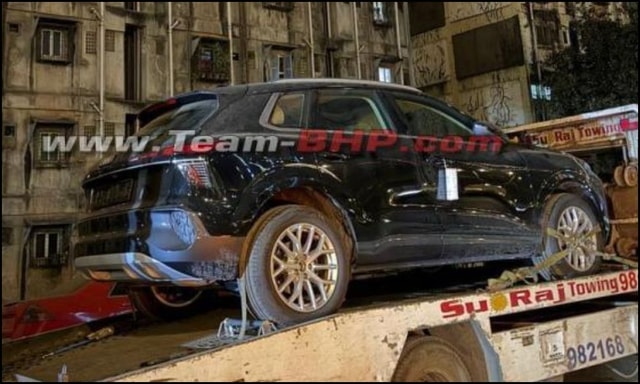 car&bike Team | Dec 19, 2025Next-gen Audi Q3 Spied In India Ahead Of Launch In 2026Third-gen Q3 made its global debut in mid-2025, getting notable tech upgrades and electrified powertrain options.2 mins read
car&bike Team | Dec 19, 2025Next-gen Audi Q3 Spied In India Ahead Of Launch In 2026Third-gen Q3 made its global debut in mid-2025, getting notable tech upgrades and electrified powertrain options.2 mins read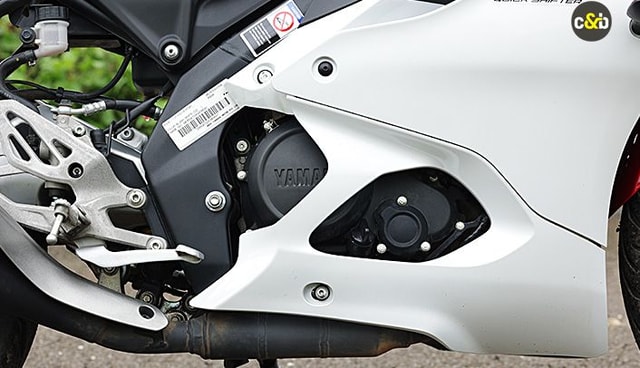 car&bike Team | Dec 19, 2025Yamaha YZF-R2 Name Trademarked In IndiaThe Yamaha R15, one of Yamaha India’s most popular motorcycle models, is likely to continue, even when the R2 finally makes it debut.1 min read
car&bike Team | Dec 19, 2025Yamaha YZF-R2 Name Trademarked In IndiaThe Yamaha R15, one of Yamaha India’s most popular motorcycle models, is likely to continue, even when the R2 finally makes it debut.1 min read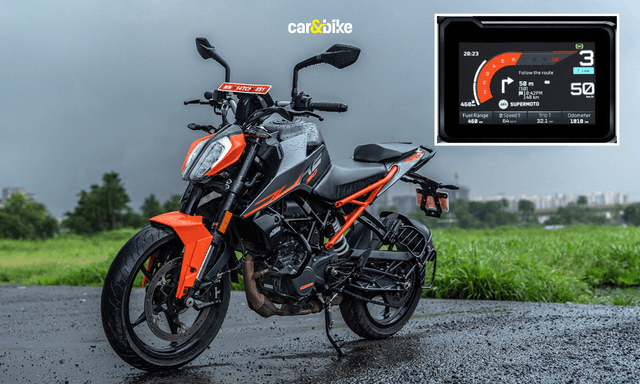 car&bike Team | Dec 18, 2025KTM 160 Duke With TFT Dash launched At Rs 1.79 LakhThe 5-inch colour TFT dash is borrowed from the 390 Duke and is shared across the brand’s sub-400cc lineup.2 mins read
car&bike Team | Dec 18, 2025KTM 160 Duke With TFT Dash launched At Rs 1.79 LakhThe 5-inch colour TFT dash is borrowed from the 390 Duke and is shared across the brand’s sub-400cc lineup.2 mins read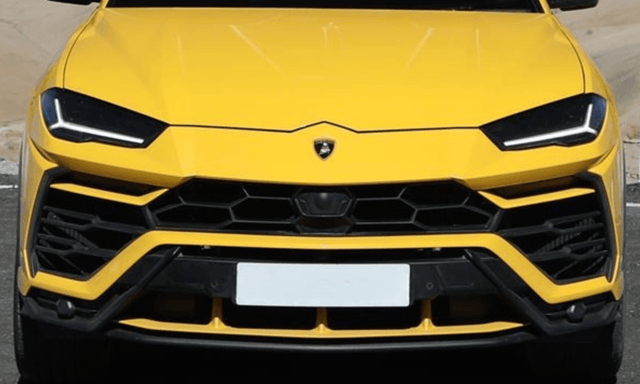 car&bike Team | Dec 18, 2025Lamborghini Urus Seized By Cops Following Viral Clip Of Speeding On Bandra-Worli Sea LinkThe car was seized after a video of it allegedly overspeeding on the Bandra–Worli Sea Link, where the speed limit is capped at 80 kmph, went viral.2 mins read
car&bike Team | Dec 18, 2025Lamborghini Urus Seized By Cops Following Viral Clip Of Speeding On Bandra-Worli Sea LinkThe car was seized after a video of it allegedly overspeeding on the Bandra–Worli Sea Link, where the speed limit is capped at 80 kmph, went viral.2 mins read
 Bilal Firfiray | Dec 19, 2025Maruti Suzuki e-Vitara Review: Worth The Wait?After a long wait, the first-ever electric Maruti Suzuki is here. It’s the e-Vitara, and it comes with a few promises. But arriving this late, is it worth the wait? Or is it a case of too little, too late?9 mins read
Bilal Firfiray | Dec 19, 2025Maruti Suzuki e-Vitara Review: Worth The Wait?After a long wait, the first-ever electric Maruti Suzuki is here. It’s the e-Vitara, and it comes with a few promises. But arriving this late, is it worth the wait? Or is it a case of too little, too late?9 mins read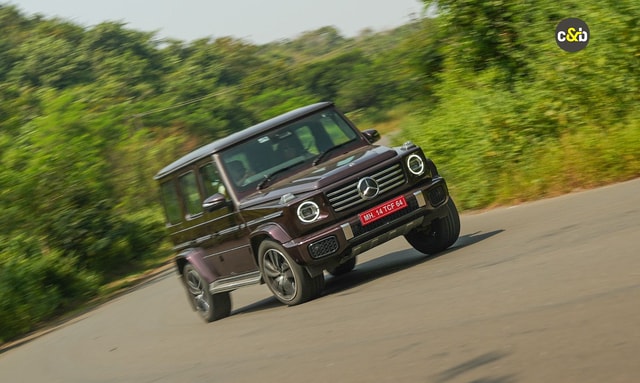 Bilal Firfiray | Dec 18, 2025Mercedes-Benz G450d: The Subtle Power of EvolutionThe Mercedes-Benz G 450d evolves subtly with more power, improved efficiency, and modern tech, while staying true to the timeless G-Class design. And character.4 mins read
Bilal Firfiray | Dec 18, 2025Mercedes-Benz G450d: The Subtle Power of EvolutionThe Mercedes-Benz G 450d evolves subtly with more power, improved efficiency, and modern tech, while staying true to the timeless G-Class design. And character.4 mins read Janak Sorap | Dec 11, 2025Harley-Davidson X440 T First Ride Review: Smarter and SharperHarley-Davidson has taken the X440 and given it a more focused and engaging twist. The result is the X440 T—essentially the same platform but updated in areas that give the motorcycle more appeal and riders more thrill.5 mins read
Janak Sorap | Dec 11, 2025Harley-Davidson X440 T First Ride Review: Smarter and SharperHarley-Davidson has taken the X440 and given it a more focused and engaging twist. The result is the X440 T—essentially the same platform but updated in areas that give the motorcycle more appeal and riders more thrill.5 mins read Shams Raza Naqvi | Dec 10, 20252025 Mini Cooper Convertible Review: More Colour On Indian RoadsThe updated Mini Cooper Convertible is set to be launched in the Indian market in the next few days. We drive it around Jaisalmer for a quick review.5 mins read
Shams Raza Naqvi | Dec 10, 20252025 Mini Cooper Convertible Review: More Colour On Indian RoadsThe updated Mini Cooper Convertible is set to be launched in the Indian market in the next few days. We drive it around Jaisalmer for a quick review.5 mins read Bilal Firfiray | Dec 8, 2025Tata Sierra Review: India’s New Favourite?Marking its return after a few decades, the reborn Sierra has made everyone sit up and take notice. But is it worth the hype?10 mins read
Bilal Firfiray | Dec 8, 2025Tata Sierra Review: India’s New Favourite?Marking its return after a few decades, the reborn Sierra has made everyone sit up and take notice. But is it worth the hype?10 mins read































































































































